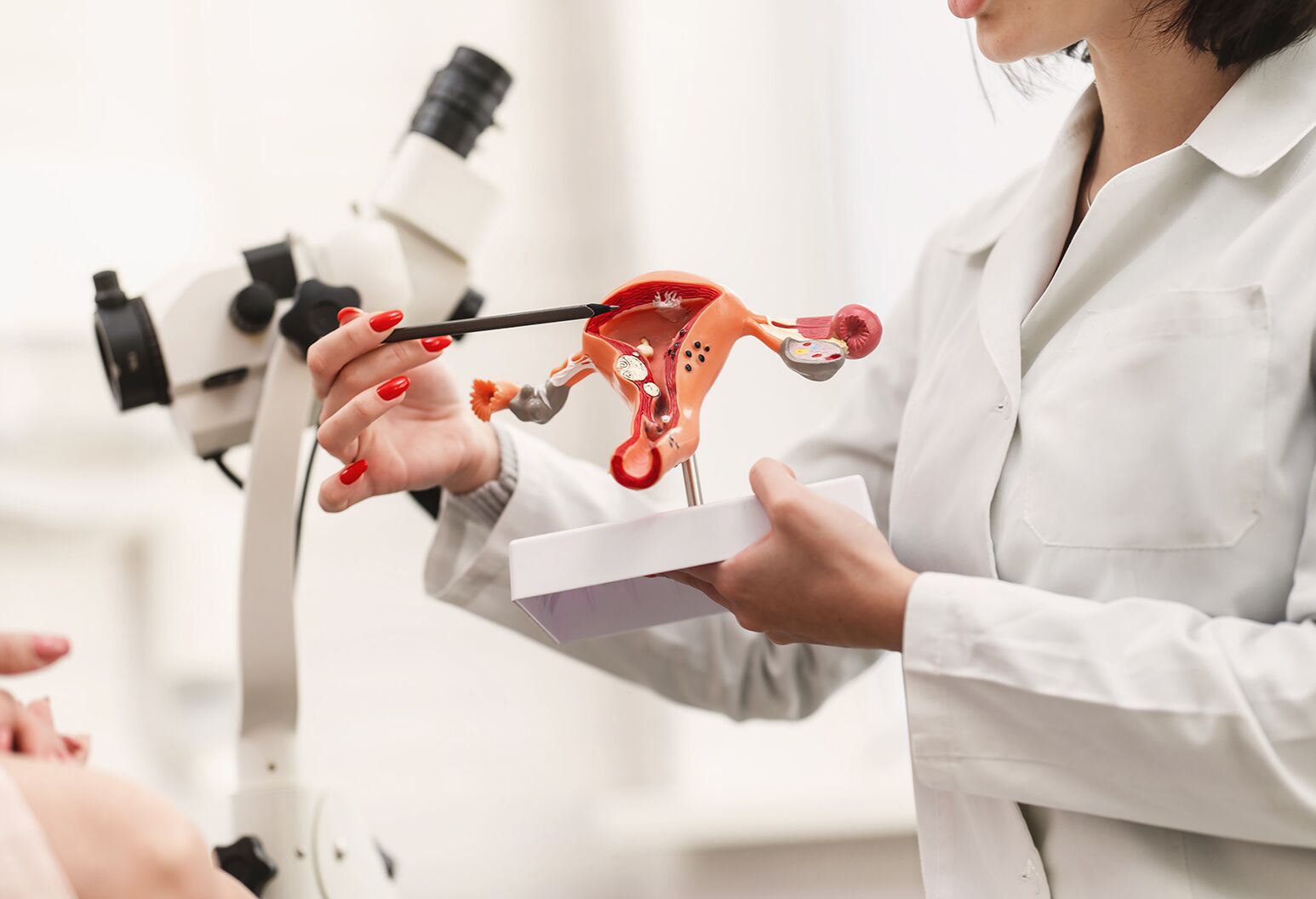women's health
What Is Perimenopause?

An OB/GYN explains what happens during this common procedure.
5 min read
I’ve been postmenopausal for years, but a few months ago, I started to experience uterine bleeding. I was so shocked that, at first, I thought I must be imaging it. Then, I began to panic. I’d heard that postmenopausal bleeding could be a sign of endometrial cancer. And after a quick internet search confirmed my fears, I made an emergency appointment with my doctor, who immediately suggested an ultrasound to measure my uterine lining.
When the results came back that the thickness of my lining was within the normal range, I sighed with relief. Since my lining was less than 4mm, there was more than a 99% chance I didn’t have cancer. But my doctor warned that if I experienced bleeding again, I would need an endometrial biopsy to officially rule out cancer.
Hopefully, that doesn’t happen, but I still wanted to know more about endometrial biopsy, particularly why it has a reputation for being painful, how I could prepare for one if needed, and how best to advocate for myself to make sure it would be as painless as possible.
So, I spoke to Dana Almeida, DO, OB/GYN at Northwell Health to get the scoop on this common procedure.
A uterine biopsy is a 15 minute in-office procedure where a small sample of your uterine lining is removed to test for cancer cells and hyperplasia, an irregular thickening of the uterine lining. “You may need a uterine biopsy if you have postmenopausal bleeding, heavy bleeding during your regular period, or other risk factors,” Almeida explains.
By providing your email address, you agree to receive email communication from The Well.
The procedure starts off just like a Pap smear. Your doctor will use a speculum to get a good look at your cervix. They will then hold your cervix in place with an instrument called a tenaculum so they can insert a suction tube into your uterus. The doctor moves the tube back and forth about three times to suck the cells from the uterine lining to get the sample.
According to Almeida, moving the tube back and forth causes most of the patient’s discomfort. “Anytime you put something into the cervix, it causes a lot of cramping, similar to when the cervix dilates while you’re in labor,” she says.
Almeida emphasizes that this part of the procedure is extremely quick, often lasting about 10 seconds. Once the doctor has the sample, they remove the tube and the procedure is over.
While endometrial biopsies can be painful, they’re done without anesthesia. “We could do a cervical block, but that requires putting a needle in the cervix in two places, and that also causes cramping,” says Almeida. “There’s nothing to make it completely painless unless you put someone to sleep.”
Patients can request a dilation and curettage (D&C), a much more comprehensive procedure done in the hospital under anesthesia that involves scraping the lining of the uterus. However, there’s always an added risk when undergoing anesthesia. Patients may experience nausea and vomiting, along with the small possibility of a uterine perforation (a hole that develops in the body of an organ). It also takes longer to schedule and requires someone to drive you to and from the hospital.
“You can go to the operating room and go to sleep, but I don’t think that’s worth the risk of the anesthesia, coming in two hours before and staying two hours after for something that’s otherwise very quick,” Almeida says.
Over-the-counter pain relievers, like Motrin and ibuprofen, can alleviate cramping, while taking a Valium or Xanax before the procedure can help you relax. Be sure to ask your doctor about options before the procedure.
Many women are afraid to speak up when it comes to their health, but don’t hesitate to ask questions. Part of your doctor’s job is to listen and make sure you’re comfortable with any procedures they’re going to perform. “If you understand the reasons why and what the procedure entails, that’s the biggest part, because for most people it’s really the unknown that leads to stress,” Almeida explains.
After the biopsy, you might experience mild cramping and bleeding, so ask for a sanitary pad, and take your time getting dressed. You should be able to drive home on your own, but you’ll want to take it easy for the rest of the day. There’s a chance you’ll be sore for about 48 hours.
Your provider will likely tell you to refrain from sex, heavy lifting, and using a tampon for about seven days. If you’re still experiencing pain after the procedure, over-the-counter pain relievers can minimize your discomfort. But don’t hesitate to call your doctor if you have excessive bleeding, unusual discharge, or if you spike a fever.
And before you leave the office, make sure to ask how long it will take to get the results of your biopsy and follow up if you don’t hear back.
The best way to get through an endometrial biopsy is to communicate your concerns with your doctor, advocate for your needs, and make sure you feel prepared.
The Well is Northwell Health’s commitment to the future of health care. In this time of information overabundance, much of which is inaccurate, unhelpful, or even difficult to understand, Northwell Health is on a mission to make a difference as an honest, trusted, and caring partner. The site connects with consumers to provide them with personalized content that reduces their stress, makes them laugh, and ultimately feel more confident and capable on their healthcare journey.